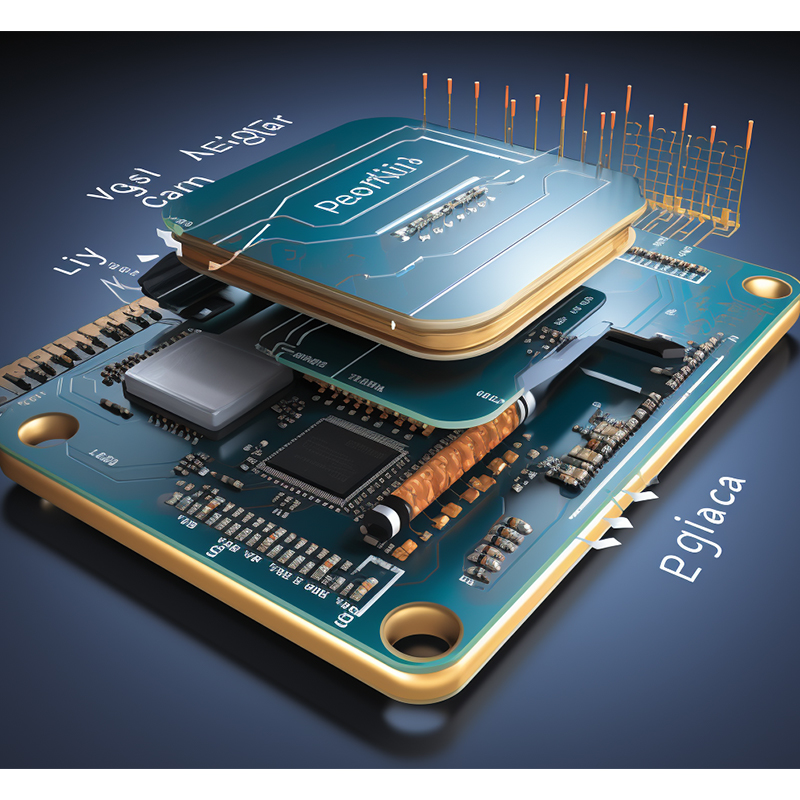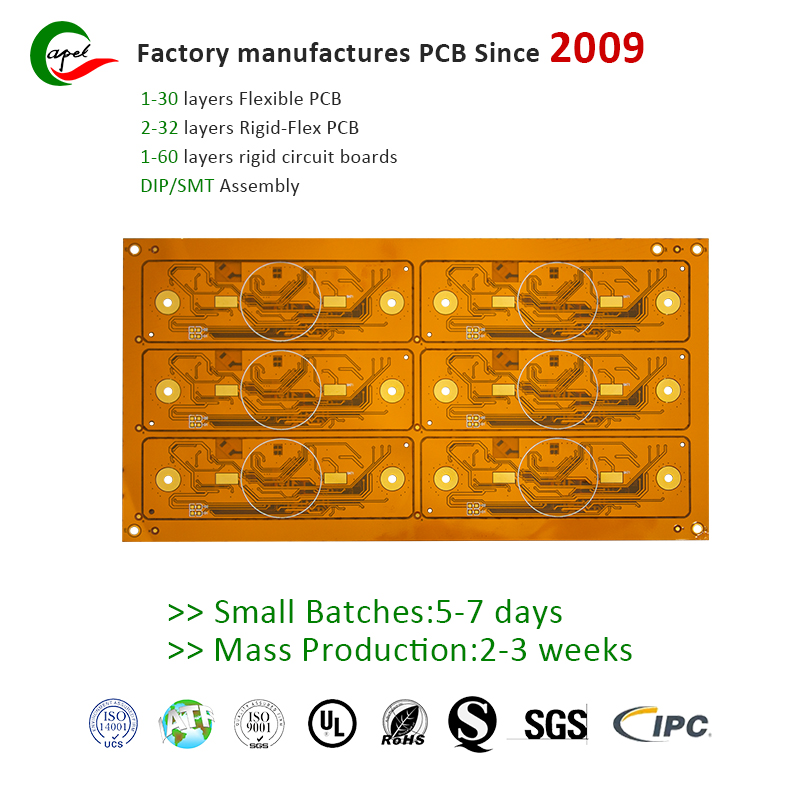Introduction
In this blog post, we will discuss effective strategies and industry best practices for preventing rigid-flex PCB delamination, thereby protecting your electronic devices from potential failures.
Delamination is a critical issue that often plagues rigid-flex printed circuit boards (PCBs) during their service life. This phenomenon refers to the separation of layers in the PCB, resulting in weak connections and potential component failure. As a manufacturer or designer, it is crucial to understand the causes of delamination and take preventive measures to ensure the long-term stability and reliability of your PCB.
I. Understand delamination in rigid-flex PCB
Delamination is caused by a variety of factors during the manufacturing, assembly, and handling stages of rigid-flex PCBs. Thermal stress, moisture absorption and improper material selection are common causes of delamination. Identifying and understanding these causes is critical to developing effective prevention strategies.
1. Thermal stress: Coefficient of thermal expansion (CTE) mismatch between different materials can lead to excessive stress during thermal cycling, leading to delamination. When a PCB experiences temperature changes, the layers expand and contract at different rates, creating tension in the bonds between them.
2. Moisture absorption: rigid flexible PCB is often exposed to high humidity environments and easily absorbs moisture. Water molecules can penetrate the surface of the board through microcracks, voids, or poorly sealed openings, causing local expansion, swelling, and ultimately delamination.
3. Material Selection: Careful consideration of material properties is critical to preventing delamination. It is critical to select the appropriate laminate, adhesive and surface treatment to provide low moisture absorption and ideal thermal stability.
2. Strategies to prevent delamination
Now that we understand why, let’s explore important strategies to prevent rigid-flex PCB delamination:
1. Appropriate design considerations:
a) Minimize copper thickness: Excessive copper thickness creates greater stress during thermal cycling. Therefore, using the minimum required copper thickness increases PCB flexibility and reduces the risk of delamination.
b) Balanced layer structure: Strive for uniform distribution of copper layers within the rigid and flexible parts of the PCB. Proper balance helps maintain symmetrical thermal expansion and contraction, minimizing the potential for delamination.
c) Controlled Tolerances: Implement controlled tolerances on hole size, via diameter and trace width to ensure that stresses during thermal changes are evenly distributed throughout the PCB.
d) Fillets and fillets: Fillets reduce stress concentration points, help achieve smoother bend transitions and reduce the potential for delamination.
2. Material selection:
a) High Tg Laminates: Choose laminates with higher glass transition temperatures (Tg) as they offer better temperature resistance, reduce CTE mismatch between materials, and minimize thermal cycling processes stratified risks.
b) Low CTE materials: Choose materials with low CTE values to minimize thermal expansion mismatch between different layers, thereby reducing stress and improving the overall reliability of rigid-flex PCBs.
c) Moisture-proof materials: Choose materials with low moisture absorption to reduce the risk of delamination due to moisture absorption. Consider using specialized coatings or sealants to protect vulnerable areas of the PCB from moisture intrusion.
3. Robust Manufacturing Practices:
a) Controlled Impedance: Implement a controlled impedance manufacturing process to minimize stress changes on the PCB during operation, thereby reducing the risk of delamination.
b) Proper Storage and Handling: Store and handle PCBs in a controlled environment with controlled humidity to prevent moisture absorption and related delamination issues.
c) Testing and Inspection: Rigorous testing and inspection procedures are conducted to identify any potential manufacturing defects that may cause delamination. Implementing nondestructive testing techniques such as thermal cycling, microsectioning, and scanning acoustic microscopy can help detect hidden delaminations early.
Conclusion
Preventing delamination of rigid-flex PCBs is critical to ensuring their longevity and reliable performance. You can reduce the risk of delamination by understanding the causes and taking appropriate precautions during design, material selection, and manufacturing. Implementing proper thermal management, using materials with ideal properties, employing robust manufacturing practices, and conducting thorough testing can significantly improve the quality and reliability of rigid-flex PCBs. By following these strategies and staying up to date on the latest advances in materials and manufacturing technologies, you can ensure the successful development of durable and reliable PCBs that contribute to the stability and integrity of your electronic devices.
Post time: Sep-20-2023
Back








